What foods are actually "toxic" to pigs?We have all heard the horror stories, seen the panicked pig parents post, SOMEONE PLEASE HELP! My pig ate.... Toxic does not necessarily mean fatal. It usually refers to a substance which may cause a reaction in an individual pig (or person) ranging from a mild irritation to death. Let's be honest, if you do enough research about the foods you buy and eat for yourself as well as your pig, you will likely find something, somewhere saying there was exposure to a toxic substance, maybe a pesticide or component of the item, but nonetheless, now attached to being "toxic" when ingested. Guess what? Your pig may have eaten something that you thought was toxic, but it may not be "deadly". Assuming you will use common sense, pigs can eat pretty much whatever people eat, there are a few exceptions though. Milk, fish, meat in general aren't advisable to feed to pigs. There are a lot of foods that you should avoid for one reason or another, but high carb, high sugar, obviously high sodium foods should be avoided. What are the reasons that certain foods are considered toxic? Well, that is the reason for this blog...to get to the truth. Scientific evidence to support anything we add to the list. What SHOULDN'T be fed versus what CAN'T be fed are two entirely different topics. A food that isn't good for them is much different than a food that is toxic to pigs. What happens if your pig eats large amounts of one of the foods posted here on this blog? Your pig may not have any reaction or your pig could've eaten a small amount and had a massive reaction. We would suggest calling the Pet Poison Hotline or your veterinarian for instructions if there are ever any questions about what a pig has eaten and if there are any reactions to the food item. Apple and pear seeds and the inner stony pit (kernel) of apricots and peaches contain a naturally occurring substance called amygdalin which is a cyanogenic glycoside. Amygdalin can release hydrogen cyanide in the stomach causing discomfort or illness. It can sometimes be fatal. The age and size of your pig will impact the effectiveness of the seeds. It would likely take larges amounts of seeds to truly harm an older, bigger pig, but a lesser amount for a piglet or smaller framed/sized pig. A food fact that you may not know is that pesticides cling to the peel of an apple and can be absorbed into the flesh below, so be sure you always wash fruit before eating. It is always better to be safe than sorry, if you can, remove the seeds from these foods before feeding them. If your pig ingests one single seed, odds are your pig will be ok, but if your pig shows signs of distress after eating this, that is an emergency and should be treated as such. My pig is around 140lbs and almost 4 years old, she used to get an apple a day, a whole uncut apple, she has survived. However, as you read, you can see the seeds are toxic, but again, usually in large amounts. It would typically take a massive amount of seeds eaten over a short period of time to pose any health threat. If the seeds are swallowed whole, the risk of this toxin being absorbed is little to none, it is simply digested whole and excreted. If a pig is eating massive amounts of whole apples and chewing up the seeds, this is when there would be a potential problem. The same goes for most fruits with seeds unless otherwise noted on a specific food in this blog. Cassava Cassava contains a substance similar to amygdalin, like apple and pear seeds, that releases cyanide. Cultures that regularly eat cassava, know they need to cook it, or process it in other ways, to destroy the toxin. But sometimes there's more toxin than normal, or they don't cook it long enough, and people get sick or die. This makes it an inappropriate food for pigs as well. Wild mushrooms Commercially grown and sold mushrooms are safe. However, the Death Cap Mushroom as well as the false parasol are deadly, poisonous introduced fungus that is highly toxic when ingested. In Australia, it is responsible for 90% of deaths of related to mushroom consumption. The death cap is commonly found near established oak trees and possibly some other trees, usually during later summer to early winter after good rain or heavy irrigation. This particular mushroom is also found across the USA. One Mushroom contains enough poison to kill an adult. Cooking or peeling does not inactivate the toxin, and all parts are poisonous. Onset of symptoms occurs 6-24 hours or more after ingestion of mushrooms. Symptoms include violent stomach pains, nausea, vomiting and diarrhoea. Symptoms may subside for 1 to 2 days giving a false impression of recovery. However, by this stage the toxin will have already caused serious liver damage. Death from liver failure can occur many days after ingestion. A person who suspects that they may have eaten poisonous mushrooms should seek immediate medical attention, and where possible take a whole mushroom sample for identification. The sooner the treatment begins the better the chances of survival. Medical assistance should be sought at a vet hospital or emergency veterinarian or by calling your local Poison Control Center. For absolute safety avoid any wild mushrooms, unless definitely identified as non-poisonous. http://www.foodsafety.asn.au/resources/natural-toxins-in-food/ Potatoes All potatoes contain natural toxins called glycoalkaloids. Green parts of a potato aren't good for pigs or people to eat. The levels are usually low but higher levels are found in potato sprouts, and the peel of potatoes that taste bitter. The toxins are produced by the plant in response to stress such as from micro-organisms and UV light, and damage such as bruising. The amount of toxin depends on the type of potato and the growing conditions. Potato “eye” seeds are doused in pesticides to keep insects from eating the sprouts. Then, they’re sprayed with herbicides so no other plants grow near them. They’re basically exposed to chemicals every week for their entire growing season. Severe stomach ache and even death from glycoalkaloid poisoning has been reported overseas, but is very unusual. Glycoalkaloids are not destroyed by cooking, so it is important to avoid eating the sprouts and to remove any green or damaged parts before cooking. Do not eat cooked potatoes that still taste bitter. If you come across a green potato crisp, it’s probably best not to eat it. Remember to store potatoes in a dark, cool and dry place. Pigs do not know that the "green" part of the potato can be dangerous for them to eat, so do not put your pig in a position to get poisoned by not putting these types of foods where they can get to them. Keep foods like this in a bin or up high on countertops. Potatoes also contain solanine which destroys red blood cells and can cause diarrhea and heart failure. It is sometimes killed by cooking at high heats, however boiling won't reduce the solanine levels. Best to stay away from all parts of the white potato including the vines and leaves and skin. Leave are toxic and the skin contains trypsin which is an inhibitor to digesting proteins. Source: http://www.speakingtree.in http://www.fresheggsdaily.com Kidney beans or Lima beans (raw) Many types of beans contain toxins called lectins. The highest concentrations are found in kidney beans, especially red kidney beans, but also found in Lima beans. As few as four or five raw beans can cause severe stomach ache, vomiting and diarrhea. To destroy the toxins, soak the beans for at least five hours and then boil them briskly in fresh water for at least 10 minutes. Do not cook beans at a low temperature, for example in a slow cooker, as it may not destroy the toxin. Improperly cooked beans can be more toxic than raw ones. Rhubarb Rhubarb contains naturally occurring oxalic acid. The amount depends on the age of the plant, the season, the climate and the type of soil. Highest concentrations are in the leaves and these should not be eaten. The entire plant is toxic though. So avoiding this altogether would be best. Oxalic acid poisoning can cause muscle twitching, cramps, decreased breathing and heart action, vomiting, pain, headache, convulsions and coma. These are HIGHLY toxic to pigs. Vitamin A Poisoning Excess vitamin A either in the diet or by injection can cause pathological changes in the pig. If oil based injections to excess are given at weaning time high levels may interfere with the growth of the embryo and fetus. This is one of the many reasons why we suggest a pelleted diet whereas the manufacturer went to great lengths to ensure the mineral/vitamin mix was best for our pigs. If you choose not to feed a pelleted diet, but instead elect a natural diet, this delicate balance can be of concern. Always consult with a nutrition expert before attempting to transition to an all natural diet, they can tell you what foods are best and the amounts you need to have in order to have a good, nutritious, well-balanced diet for your pig. (Honestly, the same can be said of most vitamins/minerals. When given in excess, most have a negative effect of some kind) In older pigs exposure to more than 25,000 iu/kg in the feed causes growth plate changes. Clinical signs
Diagnosis A history of feeding high levels of vitamin A to both sows and growing pigs and shortened bent legs in piglets and weaned pigs would suggest poisoning. Treatment The changes in the bones are irreversible. Reduce the vitamin A levels in the diet. To put it in perspective for you, here is a chart for humans with appropriate amounts of Vitamin A based on age and gender. 25000 iu/kg is a massive amount. Currently, vitamin A is listed on food and supplement labels in international units (IUs) even though nutrition scientists rarely use this measure. Conversion rates between mcg RAE and IU are as follows:
An RAE cannot be directly converted into an IU without knowing the source(s) of vitamin A. Concentrations of preformed vitamin A are highest in liver and fish oils. Other sources of preformed vitamin A are milk and eggs, which also include some provitamin A. Most dietary provitamin A comes from leafy green vegetables, orange and yellow vegetables, tomato products, fruits, and some vegetable oils. The top food sources of vitamin A in the U.S. diet include dairy products, liver, fish, and fortified cereals; the top sources of provitamin A include carrots, broccoli, cantaloupe, and squash. If you feed your pig a pelleted feed and add vegetables, the amount you are feeding will likely not exceed the maximum allowed amount to be considered "toxic". Just know that pigs will specific genetic issues or diseases involving the liver may be at a higher risk for this vitamin to build up to a toxic level causing the defects mentioned above or worsen the liver function to live failure. Sources: http://www.thepigsite.com/vitamin-a-poisoning https://ods.od.nih.gov/factsheets/VitaminA-HealthProfessional Sweet Potato and Kumara Sweet potato shows trypsin inhibitor activity. That means it contains an enzyme inhibitor that blocks the action of trypsin, an enzyme that digests proteins. The trypsin inhibitor prevents the digestion of protein. Sweet potatoes with higher protein levels have more of the trypsin inhibitor. This makes raw sweet potato difficult to digest. The trypsin inhibitor is deactivated by cooking. One way the raw food diet helps people is by supplying food enzymes. Food enzymes do part of the work of digesting the raw food. Enzyme inhibitors increase the amount of work that your body needs to do to digest foods. Enzyme inhibitors force your body to produce more digestive enzymes. This uses up resources that could be used to produce detoxifying enzymes. When animals are regularly fed enzyme inhibitors in research, they become sick. Sweet potato should not be eaten raw. Kumara is from the sweet potato family- Fungi, bacteria, viruses, nematodes and phytoplasma are known to attack sweet potato. Pathogenic bacteria, although not very common, are responsible for important economic losses. They affect vascular tissue as well as storage and fibrous roots, thus causing vine wilting and rots. Fungal pathogens are classified according to the type of disease they cause, such as foliar, stem, storage root and post harvest diseases. Even though the specific management practices have not been developed for various sweet potato diseases since the crop is propagated through vine cuttings, most of the viral and fungal diseases could be avoided by selecting healthy planting materials and sanitation. In the present chapter, an attempt has been made to review the worldwide diseases of sweet potato and the available management practices. Source: http://vegpeace.org Parsnip Parsnips, celery, celery root, and parsley commonly contain a group of natural toxins known as furocoumarins. These are probably produced as a way of protecting the plant when it has been stressed. The concentration of the toxin is usually highest in the peel or surface layer of the plant or around any damaged areas. One of the furocoumarin toxins can cause stomach ache and may also cause a painful skin reaction when contact with the parsnip plant is combined with UV rays from sunlight. Psoralens can cause phytophotodermatitis. That means sensitivity to sunlight, caused by contact with a plant. Handling these plants & sunbathing can lead to bad sunburn, rashes, blisters, and skin discoloration. Photosensitivity from eating these vegetables can happen, but it's very unusual. It is important to peel the parsnip before cooking and remove any damaged parts. The levels of toxin drop when the parsnip is cooked by baking, microwaving or boiling. Discard any cooking water. While these foods may not be "toxic", they can lead to photosensitivity which can cause severe burns on pigs who eat large amounts. Source: http://vegpeace.org/rawfoodtoxins http://poisonousplants.ansci.cornell.edu/toxicagents Castor Bean The entire plant is toxic. The castor bean also includes a deadly toxin called ricin. When ricin enters the body it prevents the cells from producing the proteins they need. Without these specific proteins the cells cannot function and they die. If this cell death is wide spread enough it can lead to the organism dying. The toxin is released when the beans are chewed or crushed. If the beans are ingested it can lead to pain of the skin and eyes, profuse vomiting, diarrhea, severe dehydration, weakness, fever, myalgia, arthralgia, hallucinations, seizures, hematuria, hypotension, hypovolemic shock, multiply system organ failure and death!! It is said that three seeds contain enough ricin to kill a child and that 7 seeds can kill an adult. Source: http://bioweb.uwlax.edu/castorbeanfacts Tomato leaves and vine The major glycoalkaloid in the tomato plant is tomatine. (To put it simply, a glycoalkaloid is an alkaloid bonded with a sugar.) Tomatine exists in all green parts of the plant, including the stems, leaves, and green tomatoes. (For the sake of clarity, whenever I mention “green tomatoes” in this post, I’m referring to the immature, unripened green tomatoes — and not the varieties of naturally green tomatoes.) A study published in the Journal of Agricultural and Food Chemistry found that the highest concentrations of tomatine were found in senescent leaves, followed by the stems, fresh leaves, calyxes, green fruits, and finally, roots (which had the lowest concentrations). The difference in concentration between the fresh leaves and green fruits is negligible, so one isn’t necessarily “safer” to consume than the other. While tomatoes do show a decline in tomatine content as they mature and ripen, no one has ever thought twice about devouring a heaping of fried green tomatoes or pickled green tomatoes! Glycoalkaloids are also poorly absorbed by the gastrointestinal tract of mammals, and will pass through quickly to the urine or feces. In people who are sensitive to these compounds, stomach irritation may occur but they would have to ingest an unrealistic amount of green tomatoes or tomato leaves to experience ill effects. So what’s the deal? Are tomato leaves toxic or not? According to this food safety study (which compared the potential toxicity of glycoalkaloids found in tomatoes, potatoes, and eggplants), tomatine is a relatively benign glycoalkaloid. It resulted in no significant changes to liver weight or body weight when fed to mice, and is not considered adverse to human health. I would still be cautious about feeding these parts to your pig, it is not worth the risk. What’s most surprising is the discovery of tomatine as a cancer inhibitor. The glycoalkaloid has been found to effectively kill or suppress the growth of human breast, colon, liver, and stomach cancer cells. This study suggests that consumers could benefit from eating high-tomatine green tomatoes, and that there may be a “need” to develop high-tomatine red tomatoes as well (for the treatment of cancer and/or the study of tomatine as an anti-carcinogenic and anti-viral agent). Read more at http://www.gardenbetty.com/tomato-leaves-the-toxic Rape, Cabbage, Turnips, Broccoli, Kale, Cauliflower, Mustard (roots and seeds) (Brassica spp., Thlaspi spp. and Lepidium spp.) Key descriptive characteristics Collectively, the mustards have a pungent sulfurous odor. They tend to produce a basal rosette of leaves, and later produce alternate leaves along their stems. Most mustards have yellow flowers with four petals. Some of the common species in Missouri are wild mustard, field pennycress, tansy mustard, yellow rocket and Virginia pepperweed. Habitat Fields, waste ground, pastures, rocky glades and rights-of-way. Distribution Throughout the US. Poisonous part All parts of the brassica oleracea, especially seeds contain isoallyl thiocyanates, irritant oils, and under some conditions, nitrates. Roots and seeds from all of the derivatives (green leafy vegetables). Symptoms Oral and gastrointestinal irritation is most common leading to head shaking, salivating, colic, abdominal pain, vomiting and possibly diarrhea. Generally, for problems to occur, large quantities have to be consumed over a period of time. Source: http://extension.missouri.edu Other pet foods... Specifically dog food, cat food and chicken scratch. These pet foods contain a much higher amount of sodium and when combined with lack of fresh water, this can end in tragedy. Yes it is true some uneducated people feed their pigs only dog food, yes it is true these pigs have survived years like this, but no, it is not true that this is ok. It is NOT ok to feed pigs just any kind of food. The reason we suggest feeding pigs "mini pig specific" food is because this food was designed to provide pigs with all the essential nutrients and vitamins that a pig needs to build strong immunity, healthy bones and organs and allow them to thrive and grow at a nice steady pace. When fed correctly and given proper amounts of "extras" all balanced with their activity levels, your pig should lead a long and healthy life nutrition wise. When pigs are fed diets designed for other species of animals, they are not getting what pigs need in the way of nutrition, they're getting food that was created to keep a dog healthy or a cat healthy. As you know, a cat and a pig are 2 totally different animals and each one has their own nutritional needs. A pigs needs are NOT met using a type of food made for another species. There are extreme cases when a vet will "prescribe" wet dog food for a sick pig, but this is not the norm. This should only be fed as directed by your vet, if needed. Fava Beans Fava beans, Vicia faba, are a common human food in the Mediterranean regions of Europe. Their potential as a protein supplement for livestock is being explored in the U.S. and Canada. However, fava beans contain the glycosides vicine and covicine. These glycosides hamper the development of fava beans as a worldwide food and feed crop because they cause a disease called favism in people who have an inherited absence of the enzyme glucose-6-phosphate dehydrogenase (G6PD) in their red blood cells. In people who lack G6PD, divicine, the aglycone of vicine, and isouramil, the aglycone of covicine, cause acute hemolytic anemia either by direct action on the red cell membranes or by producing hydrogen peroxide which in turn breaks down red cell membranes. The incidence of this genetic deficiency is as high as 50% in some populations. So, again, better to be safe than sorry. With 1/2 chance of this causing these kinds of reactions in pigs, I prefer to steer clear of it. Source: http://poisonousplants.ansci.cornell.edu/toxicagents/vicine.html Lead Poisoning It is probably strange to see lead poisoning on this list...but there is a reason. This article provides information on lead poisioning in humans as well as domestic animal populations. Sections include sources of lead in houses and barns, environmental contaminationand some of its' causes, toxic levels in children and animals, symptoms of toxicity and links to related sites of information. With the relatively recent restrictions on the use of lead based paints, one of the largest sources of lead poisioning has been greatly reduced. These paints are still present in houses, garages, barns, on fences and furniture. The prevalence of lead in the world around us is still a significant health hazard, especially to certain "at risk" portions of human and animal populations. Although adults are susceptible to lead poisoning, children and newborns are most susceptible because of lower tolerance levels and the tendency to introduce foreign objects into the body. Sources In the Home
Although lead paint chips are still the most common source of acute lead poisoning, candy wrappers and food packaging are of particular concern because they are in direct contact with immediately consumed items. It is important to keep these items from being consumed, chewed or licked. We know pigs will eat paper or wrapper, so you will need to take special precautions with regard to your pig having access to certain items that have known lead particles. Environmental Contamination
Toxic Levels In Animals
Symptoms of Toxicity The general symptoms of lead poisoning are universal although more informaton is available on poisoning in humans. The first symptoms of lead toxicity are very general and nonspecific. These include nausea, sluggishness, vomiting, painful gastrointestinal irritation, diarrhea, loss of appetite, colic, weakness and dehydration. These symptoms are common to many disorders and can often lead to inaccurate diagnosis. Some symptoms more specific to human poisoning include discoloration of the lips and skin attributed mild secondary anemia, a lead line on the gums, developmental disorders, sterility and abortion. There have also been some prelimiunary reports indicating that chronic lead poisoning can also lead to chronic nephritis and premature development of arteriosclerosis. As you can see, it isn't often that pigs are effected by this, but definitely something to consider and keep in mind. More severe cases of poisoning can produce symptoms including convulsions,"wrist drop" or external limb paralysis, coma and ultimately death. Source: http://poisonousplants.ansci.cornell.edu/toxicagents/lead http://health.mcleancountyil.gov Flax/Linseed Immature plants have higher cyanide levels than mature plants or ripe seeds. Linseed cake should not be fed in large amounts to hungry animals. Large amounts fed for a long time can build up cyanide over time. LARGE amounts, typically this is hungry pigs with unlimited access to areas where this is grown, not adding a teaspoon a day to your pigs feed. If you are feeding small amounts daily, this is NOT going to pose any health problems. Source: .poison_plants.pdf Avocado Is it the avocado leaves, the pit or the skin that was toxic? Or is it toxic at all? This much is true: Parts of an avocado contain an oil-soluble toxin called persin. Specifically, the fruit’s seed, bark and leaves are composed of this toxic, fatty acid derivative. “Dogs and cats don’t seem to be affected by persin,” explains Lee. “However, birds and large animals (such as horses, pigs and cattle) have issues with persin toxicity, as it can be deadly in these species. “The bigger risk to some animals is the foreign body obstruction that can occur when the avocado seed is ingested—it’s a large seed and can get stuck in the esophagus, stomach or intestinal tract.” Source: http://www.petinsurance.com/healthzone/Avocados-and-Pets Oak Leaves And Acorns Whilst ruminants are more susceptible to acorn poisoning, outdoor pigs may be affected occasionally. Young oak leaves or green acorns are the major sources and signs are seen two to three days after ingestion. These include abdominal pain and constipation followed by haemorrhagic diarrhea. The kidneys may also be affected. I had a pig that was diagnosed with acorn toxicity. His urine was brown in color and according to the blood tests, the liver enzymes were elevated. He was removed from the acorn source and when his urine was clear again (about 2 weeks after the acorns were removed), the blood was drawn again and lab results revealed a downward trend and was on the way to returning back to normal. It's a lot easier to simply pick up the acorns than nurse a sick pig back to health. Some say acorns are not toxic to pigs, I disagree. The toxins in oak are called gallotoxins and are converted in the body to tannic acid, gallic acid and pyrogallol, all of which are very toxic to the kidney. It is the resulting kidney failure that causes the clinical signs. Typically, a significant amount of oak needs to be consumed over a period of time before clinical signs appear. Signs can develop over 2 to 14 days, or signs may be present with the animals becoming progressively worse over many weeks. Source: http://www.thepigsite.com You can click here to read more about this on our website. Nuts NEVER feed pigs any nuts in a shell with the exception of unsalted peanuts. That is the only acceptable type of nut that should be fed still in a shell. ALL other nuts in a shell can be dangerous because these shells are hard and can tear any part of the GI tract as they're chewed up and swallowed. Raw Almonds- Almonds are actually the seed of a fruit from the almond tree. Much like other fruits, this fruit has a seed that contains cyanide which when eaten in large quantities, can build up to a toxic level and cause problems. Store bought almonds have been heat treated and do not post a threat. This is raw almonds that can pose a health problem. Raw Cashews- The true fruit of the cashew tree is a kidney or boxing-glove shaped drupe that grows at the end of the cashew apple. The drupe develops first on the tree, and then the pedicel expands to become the cashew apple. Within the true fruit is a single seed, which is often considered a nut, in the culinary sense. The seed is surrounded by a double shell containing an allergenic phenolic resin, anacardic acid, a potent skin irritant chemically related to the better-known allergenic oil urushiol which is also a toxin found in the related poison ivy. Properly roasting cashews destroys the toxin, but it must be done outdoors as the smoke (not unlike that from burning poison ivy) contains urushiol droplets which can cause severe, sometimes life-threatening, reactions by irritating the lungs. The store bought versions of these nuts are NOT dangerous to the health and they've been treated through the heating process that destroys the toxin. However, if you choose to add nuts into your pigs diet, you will need to be sure they're unsalted and not in a shell. Source: healthyeating.sfgate.com Elderberries In 1983, there was a report in California that several people became acutely ill after drinking juice served at a religious event. It all stemmed from elderberry poisoning. For this specific occurrence, bunches of berries were crushed with their leaves and branches in a stainless-steel press and left overnight for the following day. The editorial note written in the same CDC warning. "The berries are juicy and edible when mature. The cooked berries are commonly eaten in pies and jams, and berry juice can be fermented into wine. The fresh leaves, flowers, bark, young buds, and roots contain a bitter alkaloid and also a glucoside that, under certain conditions, can produce hydrocyanic acid. The amount of acid produced is usually greatest in young leaves. There may be other toxic constituents in this plant. The root is probably the most poisonous and may be responsible for occasional pig deaths; cattle and sheep have died after eating leaves and young shoots." Source: http://www.cdc.gov/elderberry Moldy foods of any kind The term mycotoxin means “poison from a fungi.” Only about 60 of the 200,000 known species of molds have been shown to harm humans or livestock. These fungi grow on virtually all of the small grains, including wheat, oats, barley and, of course, corn, the main source of pig feed. Grains such as corn, wheat, and barley may be easily contaminated with molds. Mycotoxicosis refers to poisoning due to the ingestion of mycotoxins. This condition can cause lower resistance to diseases, increased sensitivity to stress, and damage to vital organs, such as the liver and kidney. Ultimately, this may lead to mortalities and poor production performance. Moldy or damaged grain You can feed livestock moldy or damaged grain that is not acceptable for human food. Evaluate these feeds on a case-by-case basis, following some general guidelines:
Sources: http://nationalhogfarmer.com/nutrition-mycotoxin-producing-mold http://extension.missouri.edu https://www.aasv.org/shap/issues Nutmeg In the small amounts needed for seasoning food, you can safely add nutmeg to dishes and drinks, but unpleasant side effects occur if you eat just 1 tbsp. of the ground nut powder on an empty stomach, according to the Utah Poison Control Center. Nutmeg poisoning became more common from the 1960s onward as drug enthusiasts sought cheap legal hallucinogenics. From 1 to 3 tbsp. of nutmeg powder, or 1 to 3 whole nutmeg seeds, causes illness in most people.The drug's effects begin 2 to 6 hours after ingestion, and the delay causes some users to take an extra dose. Source: http://www.livestrong.com/high-dosages-of-nutmeg Raw Bread Dough: Raw bread dough made with yeast poses mechanical and biochemical hazards when ingested, including gastric distention, metabolic acidosis, and CNS depression. Although any species is susceptible, dogs are most commonly involved because of their indiscriminate eating habits. We all know pigs will also not discriminate foods and will sample them equally. With recent ingestions in asymptomatic animals, emesis may be attempted, although the glutinous nature of bread dough may make removal via emesis difficult. In animals in which emesis (whether induced or spontaneous) has been unsuccessful, gastric lavage may be attempted. Cold water introduced into the stomach may slow the rate of yeast fermentation and aid in dough removal. In rare cases, surgical removal of the dough mass may be required. Animals presenting with signs of alcohol toxicosis should be stabilized and any life-threatening conditions corrected before attempts to remove the dough are made. Source: http://www.merckvetmanual.com/mvm/toxicology/bread_dough Foods that shouldn't be fed to pigs. Some of these foods have been labeled "toxic" to pigs, but are not truly "toxic". Here are the reasons why they should not be fed to pigs. Onions: It has been said that onions shouldn't be fed to pigs due to possibly tainting the meat of a pig due to be slaughtered, since potbelly pigs aren't used as a food source, onions aren't truly toxic to them. For other species, like horses, goats/sheep, cattle, cats and dogs, we can see ingestion of large volumes of onion (ALLIUM sp.) can be toxic. In these species, onions can induce a hemolytic anemia. And this can give us signs of anorexia, lethargy, GI upset (vomiting/diarrhea), elevated heart rates, respiratory difficulties bluish gums and collapse. For pigs specifically? Possibly GI upset and maybe gas. Chocolate: Chocolate is NOT toxic to pigs as it is to dogs. Pigs can process the theobromine in chocolate since their GI system is much like a humans'. So although we do not encourage feeding your pig sugary foods or stimulants, chocolate will not hurt them if eaten accidentally. Salt: Salt in itself is not toxic to pigs. Pigs need a certain amount of sodium in the body for normal function.It is the after effect and water deprivation that causes the reaction. When pigs eat sodium rich foods and there is no fresh water available, once it is offered or available, pigs tend to drink too much causing a systemic reaction leading to parts of the brain swelling and causing neurological problems. When hydrated properly, or having fresh water available, typically pigs do not have any issue. It is discouraged to purposely give pigs foods high in sodium just to be on the safe side though. Click here to read more about salt toxicity/water deprivation. Bones of any kind: Bones can splinter and cause lacerations anywhere in the GI tract. Cooked or not, bones should never be fed to your pig. Meat and meat products: In some countries, it is illegal to feed meat to pigs. These types of food are linked to diseases such as foot and mouth (FMD). Granted this is more of a problem in production pigs, miniature pigs could also contract these diseases. The last outbreak of FMD was 1929. Here is the quote "The US saw its latest FMD outbreak in Montebello, California in 1929. This outbreak originated in hogs that had eaten infected meat scraps from a tourist steamship that had stocked meat in Argentina....". Fatty foods: Fatty foods can cause pancreatitis. This study done using pigs fed a low protein diet showed there were effects on the liver. Had the study continued, I am certain some degree of liver insufficiency or failure would have been identified. Source: http://www.ncbi.nlm.nih.gov/pancreatitis Artifical sweetners: While these are not considered to be "toxic", you should limit the amount of artifical sweeteners you feed your pig for a number of reasons. Known facts about artificial sweeteners. Just because it’s on the shelf does not mean it’s been studied or should be presumed to be non-toxic. We know that sugar is toxic, but what about the popular sugar alternative, Splenda? Turns out it was FDA approved based on 110 studies, two of which were in humans, with one of those two only spanning four days and being run by the manufacturer. When we don’t objectively assess safety (including placebo-controlled, medium, and long-term trials), consumers become the subjects. Here are the results of a recent reportcondemning this toxin:
Source: http://articles.mercola.com/absurd-new-ways-splenda-is-deceiving-you Chewing gum: Aspartame in gum is absorbed by the buccal mucosa of the mouth, gums, and the tongue. According to research, because aspartame is absorbed this way, it makes aspartame a far worse poisoning than if given or injected intravenously. The aspartame goes directly into the brain by passing the spinal cord and the blood-brain barrier when it is absorbed in the mouth. The smallest amount of aspartame (like what is contained in a piece of gum) is very dangerous and damaging to the health of the body. When aspartame is ingested into the digestive tract, it breaks down into numerous other poisons. The intact Aspartame molecule and its diketopiperazine form are vastly worse poisonings than any of the other poisonings which arise from it during digestion, and liver processing of the digestive blood, which is delivered directly to the liver via the portal vein. The other poisonings, as mentioned, are indeed horrendous but Aspartame from gum is far worse, making even the smaller amounts contained in chewing gum strikingly dangerous and damaging. Aspartame, via ingestion into the digestive tract, is made into some ten other poisonings by the digestive processes, and then excepting that which is delivered directly to the pancreas, they are transported straight to the liver via the portal vein, where they then are very partially dealt with, and partially reprocessed. Afterwards, they are sent in somewhat lesser concentration to the entire body, lessening the amount which eventually goes to the brain. The amount getting to the brain from either source is devastating to it in many ways. Aspartame is most certainly devastatingly toxic when ingested, but a like amount is immensely worse when obtained from chewing gum. If you'd like to avoid aspartame, please keep in mind that it's not only in chewing gum. It is a common ingredient in many packaged foods and beverages, particularly those that are marketed as being sugar-free or low in calories. Examples include sugar-free or low calorie:
Sugary foods: Sugary foods or high in sugar should be avoided for obvious reasons. Pigs aren't known for their ability to lose massive amounts of weight by exercise, they're known more for animals that gain weight super easy and hard to diet. Weight loss takes MONTHS. It is best not to put your pig in a position to gain massive amounts of weight because it is so hard for them to lose it. Caffeinated items: Caffine is a stimulant. However, it appears like caffeine given to pigs affects reproductive ability and also triggers PSS (porcine stress syndrome) in pigs who are susceptible to that genetic disorder. Read more about the effects of caffeine in this research study by clicking here. Source: http://onlinelibrary.wiley.com http://www.ncbi.nlm.nih.gov/pubmed/ To read more about what these foods can do, you can read more by clicking these links below:
Coffee and the effects on pigs: http://www.scielo.br/scielo.phpcaffine http://poisonousplants.ansci.cornell.edu/toxicagents/index.html http://poisonousplants.ansci.cornell.edu/toxicagents/steroid.html
139 Comments
|
AuthorsBrittany Sawyer Archives
July 2019
Categories
All
|
-
- Direct Links To Website Content
- Read BEFORE You Add A Pig To Your Family
- Mini Pig Info Mission
- Teacup/Micro Pig Myth
- What Is A Mini Pig?
- Mini Pig Breeds: Which Ones Are Really Breeds?
- Adoptable Mini Pigs
- Are You As Smart As Your Pig?
- Mini Pig Info Education Series
- Social Media Feeds
- Zoonotic Diseases & Mini Pigs
- Mini Pigs Are NOT Gifts!
- Media/News Links
-
- Pig Health Forms: Tools To Use To Determine If Your Pig Is Sick
-
- Mini Pigs & Erysipelas: Life Saving Info About This Disease
- Dippity Pig Syndrome In Mini Pigs
- Mini Pig Salt Toxicity/Water Deprivation
- Leptospirosis In Mini Pigs
- Swine Pox & Mini Pigs
- Gastric Ulcers: Common Problem For Mini Pigs
- Brucellosis And Mini Pigs
- Mini Pig Pneumonia & Swine Flu
- Foot and Mouth Disease (FMD): A Problem For Pigs In Other Countires
- Pseudorabies: Is My Mini Pig At Risk?
- Mycoplasma Hyosynoviae & Mini Pigs
- Head Tilt In Mini Pigs
- Mini Pig Obstructions: How To Reduce The Risk For Your Pig
- Seizures In Mini Pigs
- Mini Pig Salmonellosis
- PSS (Porcine Stress Syndrome)
- Urinary Tract Infections (UTI) In Mini Pigs
- Urinary Blockages: A Serious Problem For Mini Pigs
- Arthritis And Mini Pigs
- Mini Pig Artophic Rhinitis
- Mini Pig Heart Disease Possibilities
- Common Mini Pig Gastrointestinal Disorders
- Mini Pigs & Pasteurellosis
- Mini Pigs And Rabies
- Mini Pig Genetic Abnormalities
- MIni Pigs & Cancer
- Mini Pig Cough
- Causes For Sudden Death In Mini Pigs
-
- Mini Pig Approved Foods
- Natural Diet For Mini Pigs: How To Create A All-Natural Diet For Your Pig
- Balancing Your Mini Pigs Diet With Activity
- Mini Pig Feed Concerns: Bad/Spoiled Feed
- Mini Pig Nutritional Deficiencies
- How To Estimate A Pigs Weight Without A Scale
- Mini Pig Body Scoring: What Does An Unhealthy Mini Pig Look Like?
- How To Help Your Mini Pig Lose Weight
- Mini Pig Treats And Recipes
- Mini Pig Hydration: The Importance Of Water
-
- Mini Pig CPR/Heimlich Manuever
- Mini Pig Constipation
- How To Treat A Vomiting Mini Pig
- What To Do If Your Mini Pig Gorges On Food?
- Salt Toxicity/Water Deprivation In Mini Pigs
- How To Treat A Fever In Mini Pigs
- Basic Wound Care For Mini Pigs
- Acute Mini Pig Paralysis
- Mini Pig Shock
- What To Do If Your Mini Pig Sustains A Fracture?
- Treatment For Mini Pig Diarrhea
- Hidden Dangers For Mini Pigs: Snakes & Spiders
- Mini Pig Emergency Supplies
- Most Common Mini Pig Problems
-
- Underaged Piglets- The Dangers & Amount Of Care Involved
- How To Estimate The Age Of A Mini Pig
- Mini Pigs and Dogs- Predator Versus Prey- A Risky Combination
- Mini Pig Name Suggestions
- Bathing Mini Pigs
- Mini Pig Travel Regulations
- Mini Pig FAQ
- "Forking" Mini Pigs- No, We Aren't Talking About Eating!
- Mini Pig Potty Training Tips
- Pigs And Stairs: A Potentially Flawed Living Arrangement
- Capturing A Mini Pig On The Loose
- Indoor Mini Pig Spaces
-
-
- Mini Pig Sounds 101
- Mini Pig Harness Training
- Important Information & Tips For Training Your Mini Pig
- Teaching Your Pig To Do Tricks
- Decoding Mini Pig Behavioral Problems
- Mini Pig Behavior: A Quick Introduction
- Common Behavioral Issues In Mini Pigs
- Move The Pig By Lydia Weaver
- Food Aggression In Mini Pigs
- Aggressive Mini Pigs
- Spoiled Pig Syndrome
- ESA (Emotional Support Animals)/Therapy Pets And Service Animals: What Applies To My Mini Pig?
- Mini Pigs Can Be Fun: Training Your Pig Is Key!
-
- Mini Pig Themed Greeting Cards
- Mini Pig DIY Items: Ideas & Inspiration
- Mini Pig Community Chat Forum
- The Loss Of Your Mini Pig
- Website Survey & Various MPI Video Collection
- Mini Pig Research/News Links
- PAL (Pig Advocates League): Our Nonprofit Sister Organization
- Kids Corner: Mini Pig Items For Kids
- Mini Pig Meme's:
- Mini Pig Sitters
- Mini Pig Outreach-Educational Information
- Community Groups For Mini Pig Parents
- "Pigtionary"
- Pig Anatomy and Terminology
- Mini Pig Info Store
- Dear Pig Whisperers Blog
-
- Direct Links To Website Content
- Read BEFORE You Add A Pig To Your Family
- Mini Pig Info Mission
- Teacup/Micro Pig Myth
- What Is A Mini Pig?
- Mini Pig Breeds: Which Ones Are Really Breeds?
- Adoptable Mini Pigs
- Are You As Smart As Your Pig?
- Mini Pig Info Education Series
- Social Media Feeds
- Zoonotic Diseases & Mini Pigs
- Mini Pigs Are NOT Gifts!
- Media/News Links
-
- Pig Health Forms: Tools To Use To Determine If Your Pig Is Sick
-
- Mini Pigs & Erysipelas: Life Saving Info About This Disease
- Dippity Pig Syndrome In Mini Pigs
- Mini Pig Salt Toxicity/Water Deprivation
- Leptospirosis In Mini Pigs
- Swine Pox & Mini Pigs
- Gastric Ulcers: Common Problem For Mini Pigs
- Brucellosis And Mini Pigs
- Mini Pig Pneumonia & Swine Flu
- Foot and Mouth Disease (FMD): A Problem For Pigs In Other Countires
- Pseudorabies: Is My Mini Pig At Risk?
- Mycoplasma Hyosynoviae & Mini Pigs
- Head Tilt In Mini Pigs
- Mini Pig Obstructions: How To Reduce The Risk For Your Pig
- Seizures In Mini Pigs
- Mini Pig Salmonellosis
- PSS (Porcine Stress Syndrome)
- Urinary Tract Infections (UTI) In Mini Pigs
- Urinary Blockages: A Serious Problem For Mini Pigs
- Arthritis And Mini Pigs
- Mini Pig Artophic Rhinitis
- Mini Pig Heart Disease Possibilities
- Common Mini Pig Gastrointestinal Disorders
- Mini Pigs & Pasteurellosis
- Mini Pigs And Rabies
- Mini Pig Genetic Abnormalities
- MIni Pigs & Cancer
- Mini Pig Cough
- Causes For Sudden Death In Mini Pigs
-
- Mini Pig Approved Foods
- Natural Diet For Mini Pigs: How To Create A All-Natural Diet For Your Pig
- Balancing Your Mini Pigs Diet With Activity
- Mini Pig Feed Concerns: Bad/Spoiled Feed
- Mini Pig Nutritional Deficiencies
- How To Estimate A Pigs Weight Without A Scale
- Mini Pig Body Scoring: What Does An Unhealthy Mini Pig Look Like?
- How To Help Your Mini Pig Lose Weight
- Mini Pig Treats And Recipes
- Mini Pig Hydration: The Importance Of Water
-
- Mini Pig CPR/Heimlich Manuever
- Mini Pig Constipation
- How To Treat A Vomiting Mini Pig
- What To Do If Your Mini Pig Gorges On Food?
- Salt Toxicity/Water Deprivation In Mini Pigs
- How To Treat A Fever In Mini Pigs
- Basic Wound Care For Mini Pigs
- Acute Mini Pig Paralysis
- Mini Pig Shock
- What To Do If Your Mini Pig Sustains A Fracture?
- Treatment For Mini Pig Diarrhea
- Hidden Dangers For Mini Pigs: Snakes & Spiders
- Mini Pig Emergency Supplies
- Most Common Mini Pig Problems
-
- Underaged Piglets- The Dangers & Amount Of Care Involved
- How To Estimate The Age Of A Mini Pig
- Mini Pigs and Dogs- Predator Versus Prey- A Risky Combination
- Mini Pig Name Suggestions
- Bathing Mini Pigs
- Mini Pig Travel Regulations
- Mini Pig FAQ
- "Forking" Mini Pigs- No, We Aren't Talking About Eating!
- Mini Pig Potty Training Tips
- Pigs And Stairs: A Potentially Flawed Living Arrangement
- Capturing A Mini Pig On The Loose
- Indoor Mini Pig Spaces
-
-
- Mini Pig Sounds 101
- Mini Pig Harness Training
- Important Information & Tips For Training Your Mini Pig
- Teaching Your Pig To Do Tricks
- Decoding Mini Pig Behavioral Problems
- Mini Pig Behavior: A Quick Introduction
- Common Behavioral Issues In Mini Pigs
- Move The Pig By Lydia Weaver
- Food Aggression In Mini Pigs
- Aggressive Mini Pigs
- Spoiled Pig Syndrome
- ESA (Emotional Support Animals)/Therapy Pets And Service Animals: What Applies To My Mini Pig?
- Mini Pigs Can Be Fun: Training Your Pig Is Key!
-
- Mini Pig Themed Greeting Cards
- Mini Pig DIY Items: Ideas & Inspiration
- Mini Pig Community Chat Forum
- The Loss Of Your Mini Pig
- Website Survey & Various MPI Video Collection
- Mini Pig Research/News Links
- PAL (Pig Advocates League): Our Nonprofit Sister Organization
- Kids Corner: Mini Pig Items For Kids
- Mini Pig Meme's:
- Mini Pig Sitters
- Mini Pig Outreach-Educational Information
- Community Groups For Mini Pig Parents
- "Pigtionary"
- Pig Anatomy and Terminology
- Mini Pig Info Store
- Dear Pig Whisperers Blog

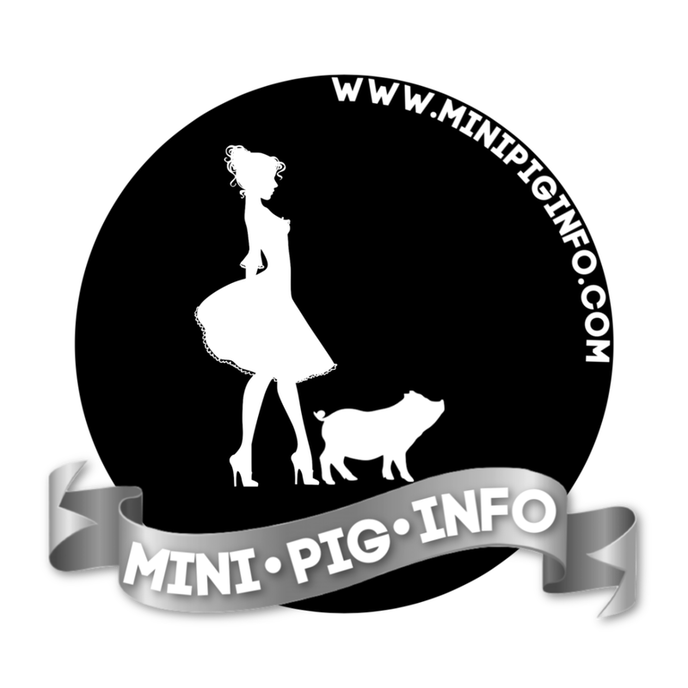
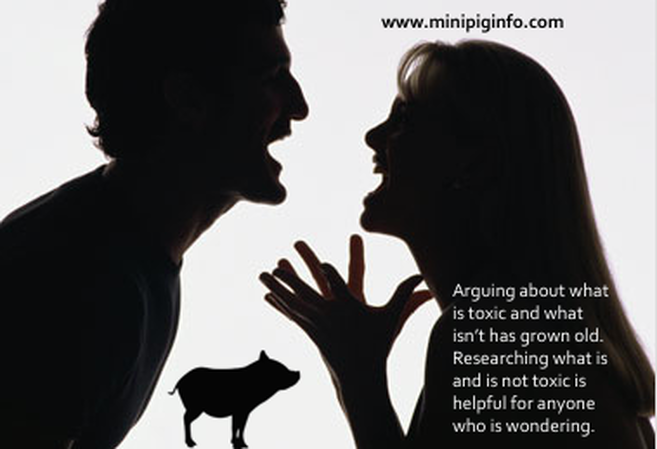
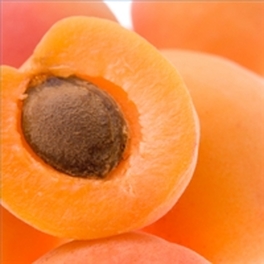
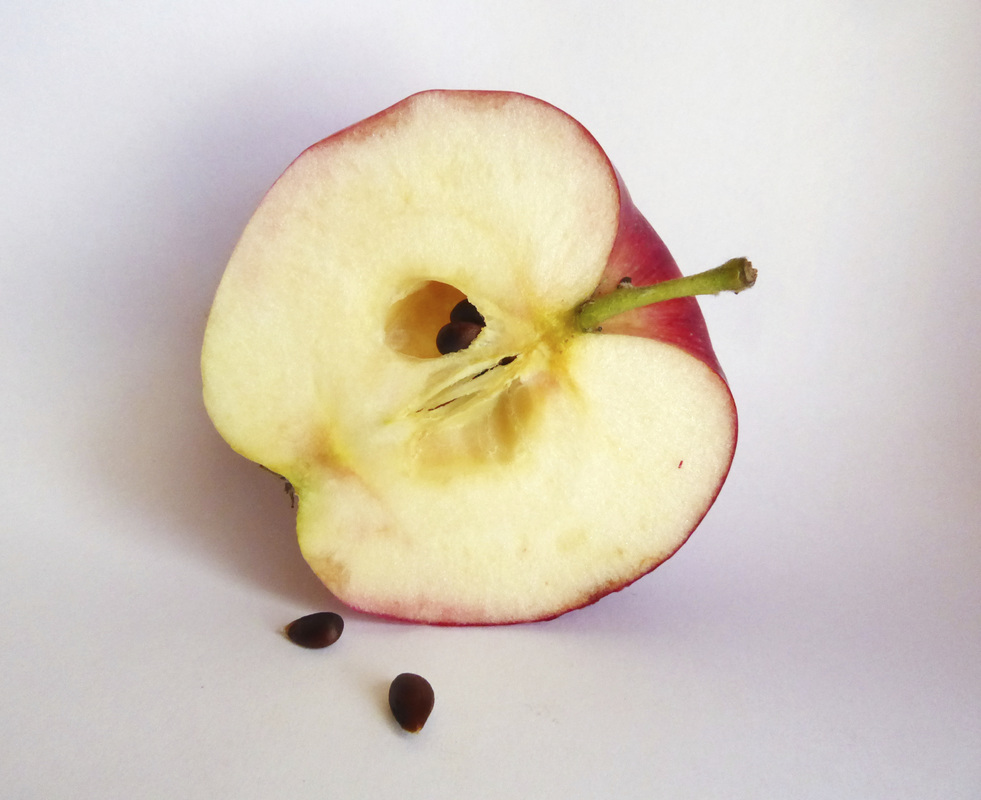
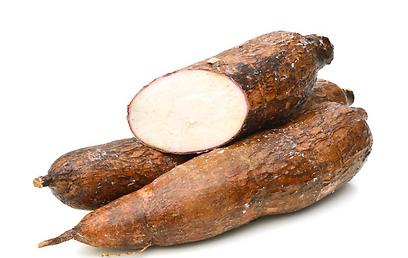
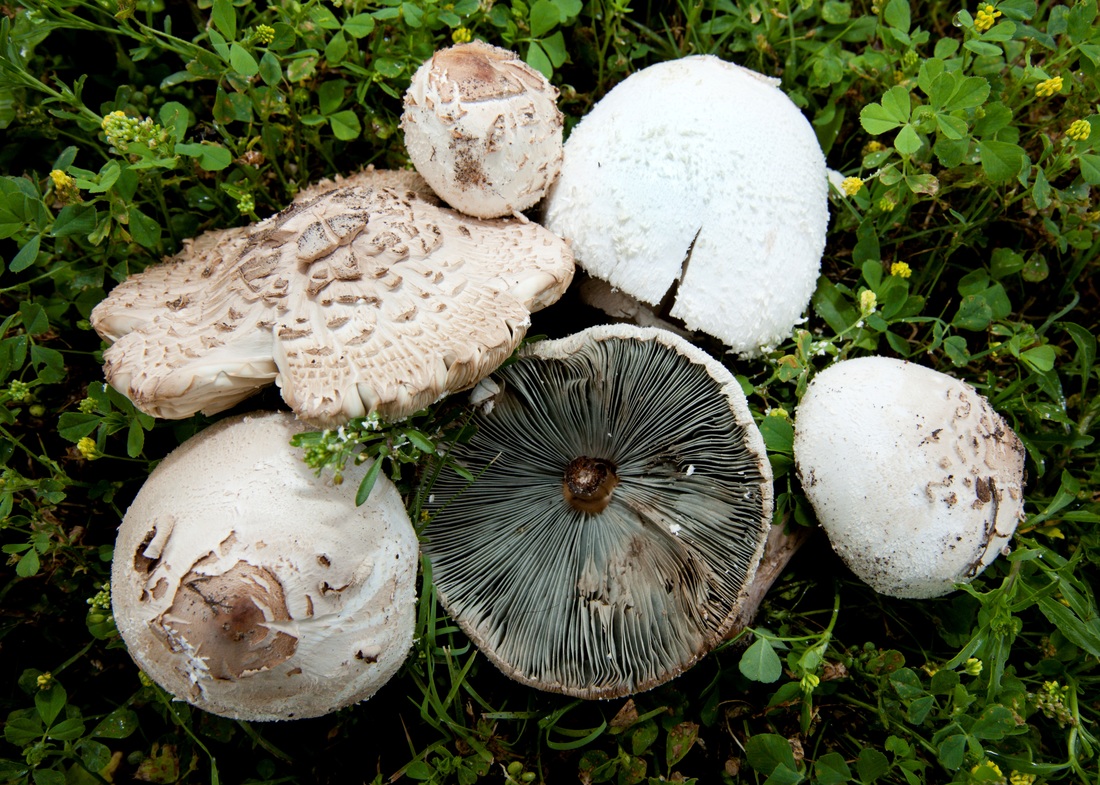
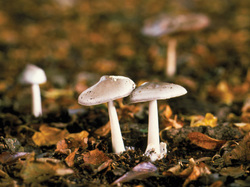
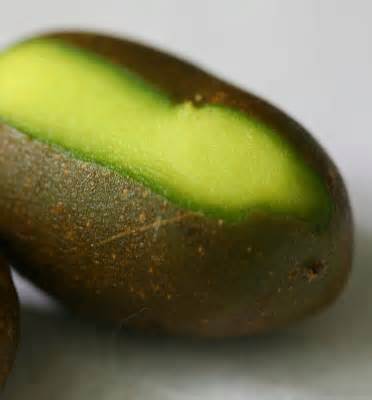
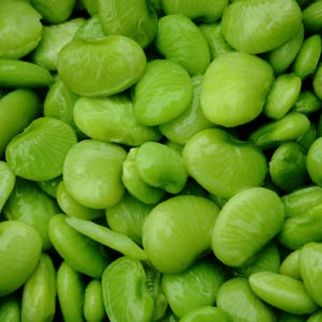
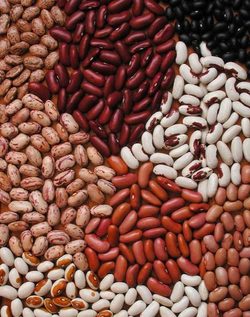
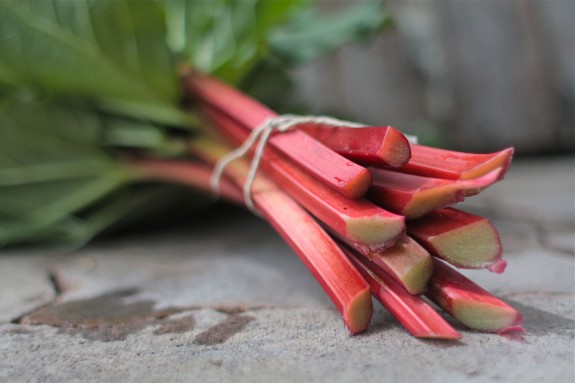
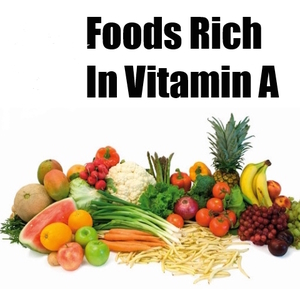
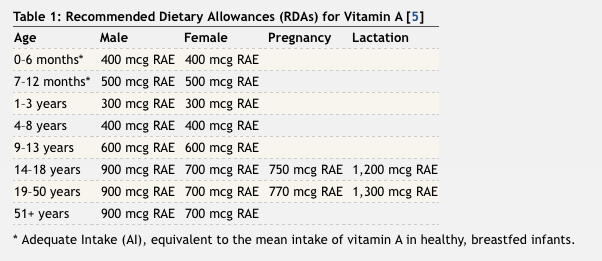
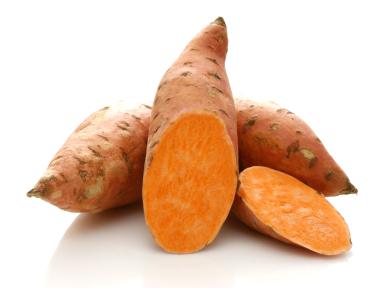
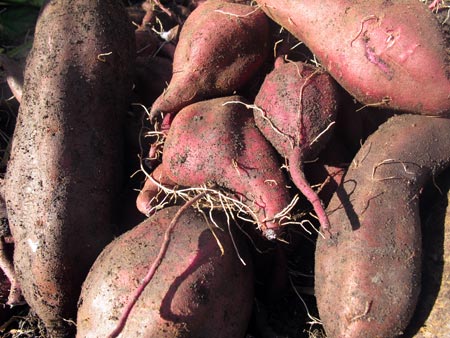
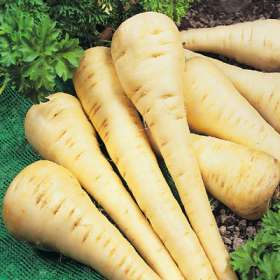
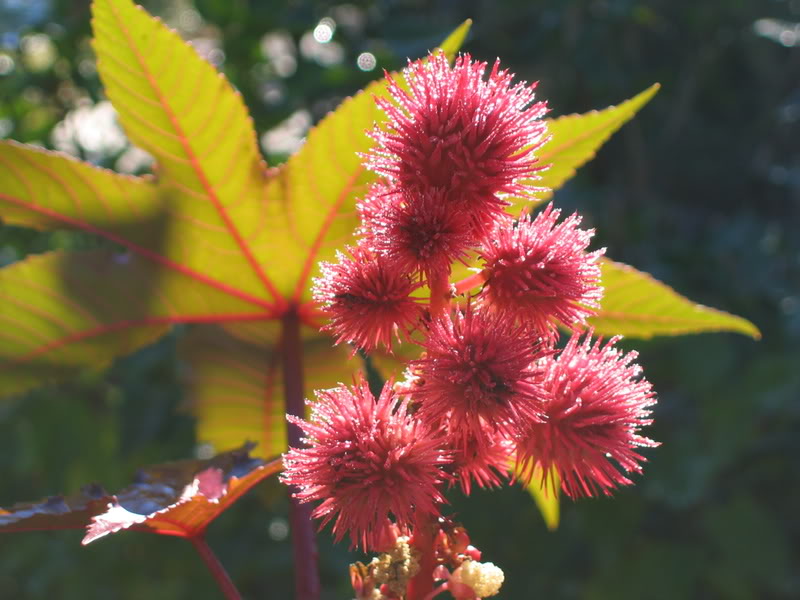
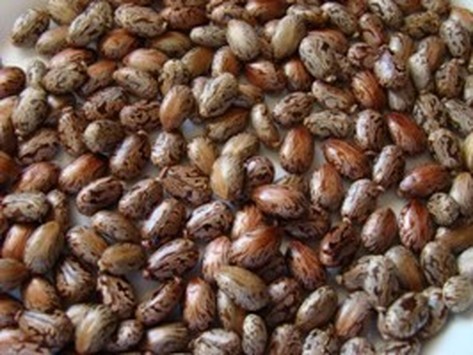
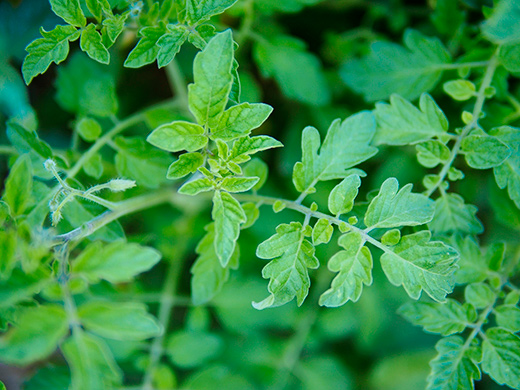
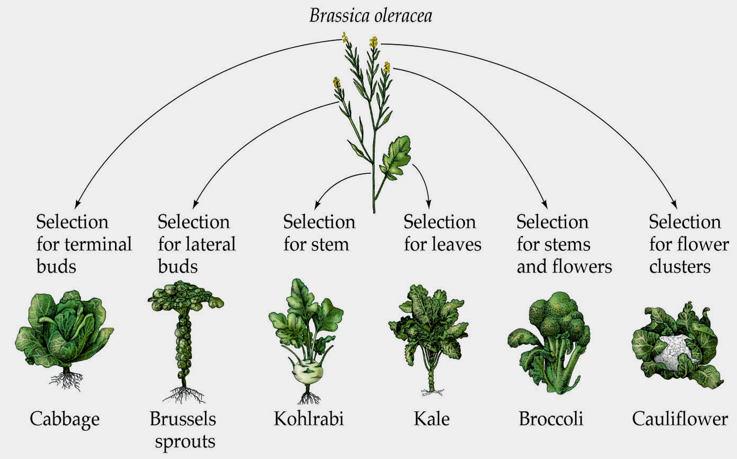
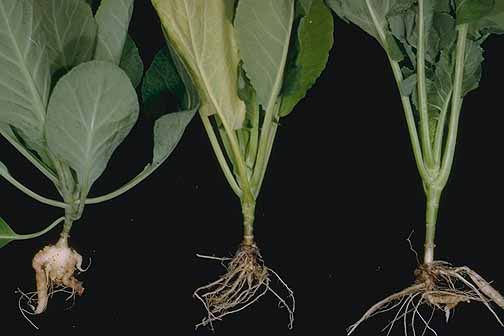
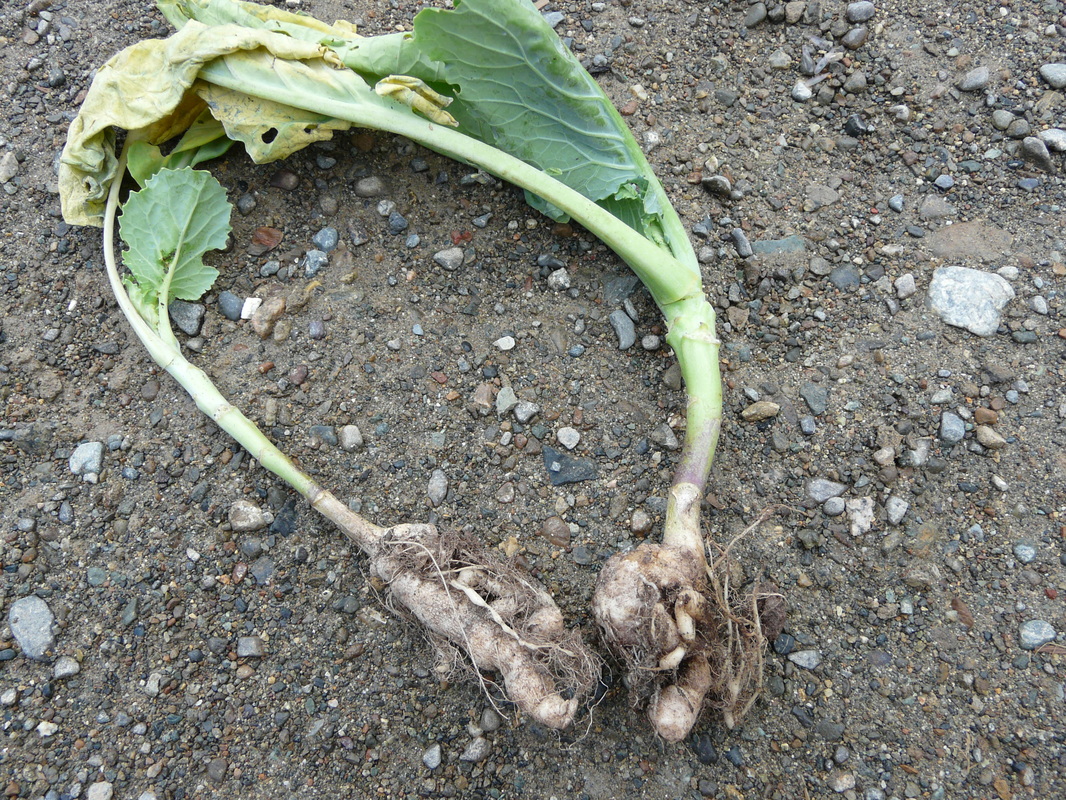
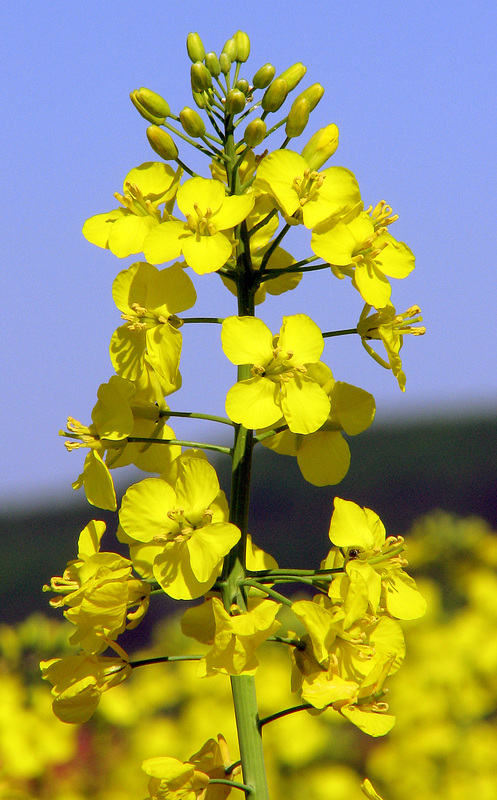
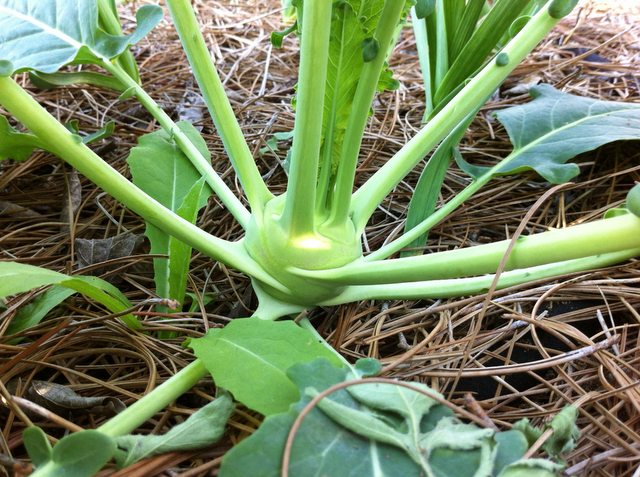
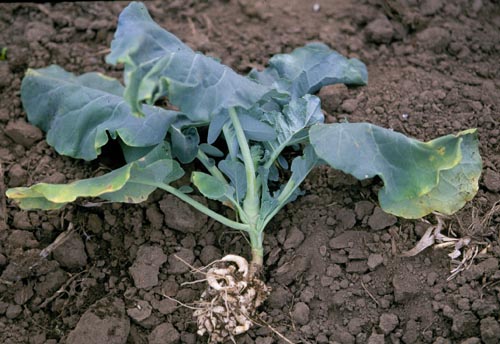
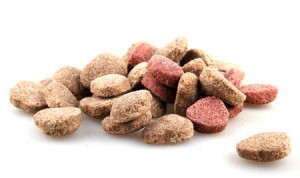
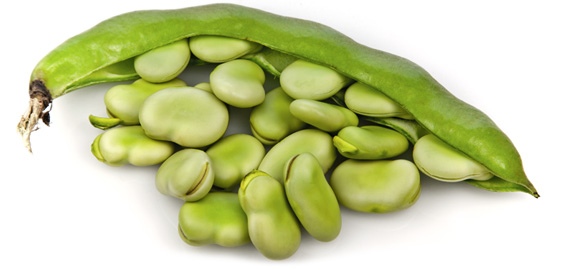
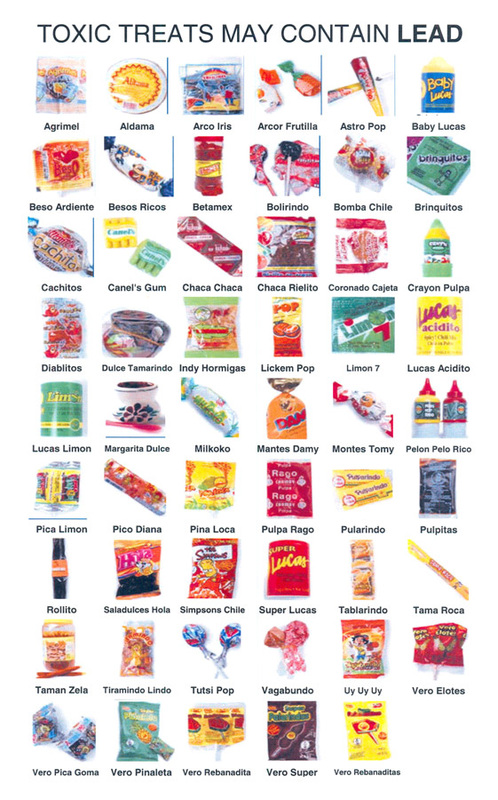
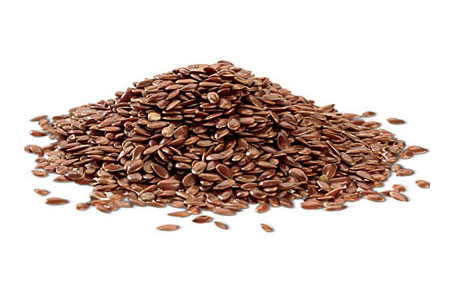
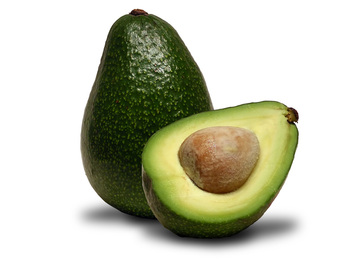
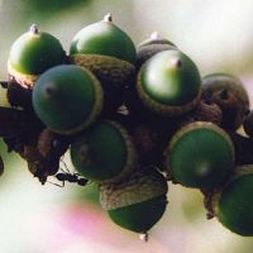
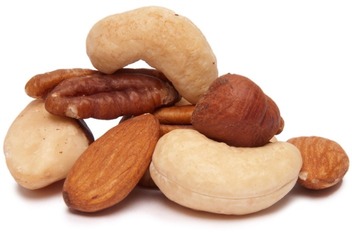
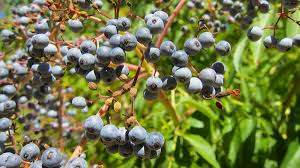
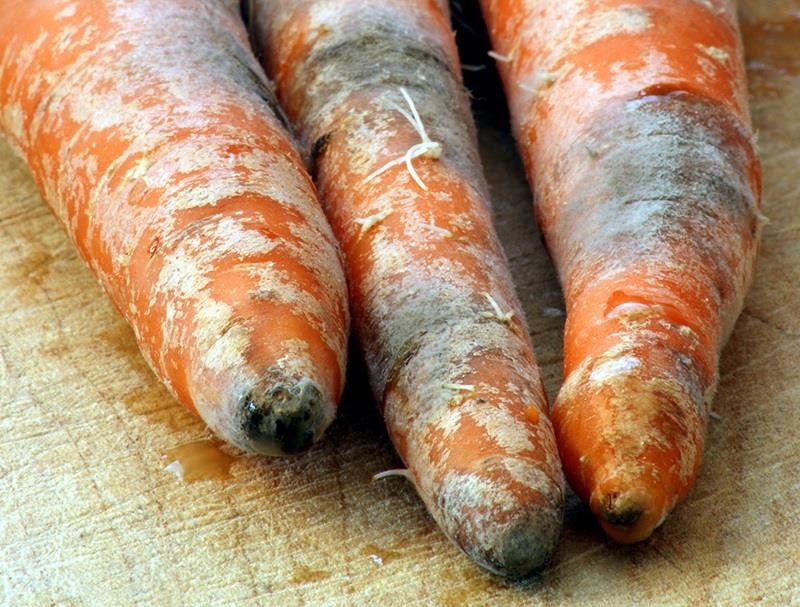
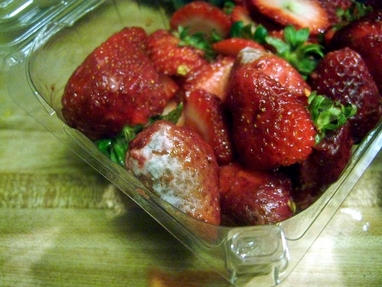
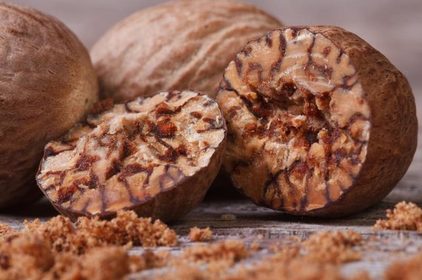
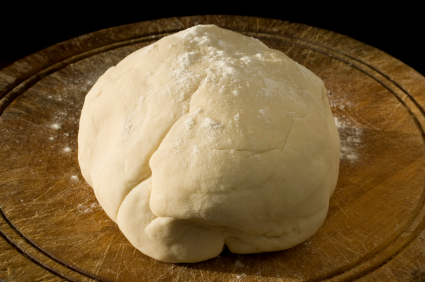
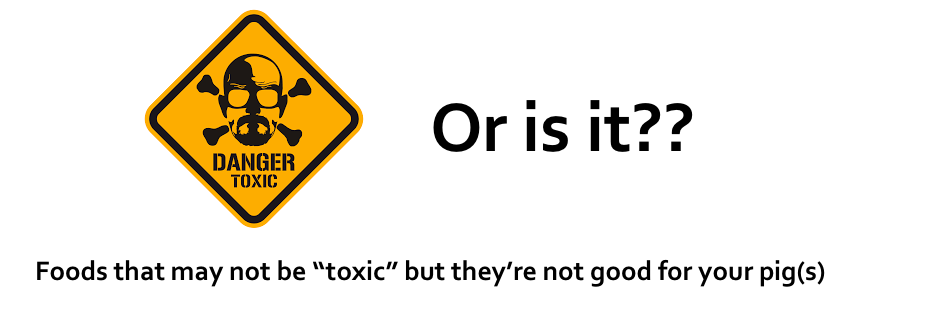


 RSS Feed
RSS Feed